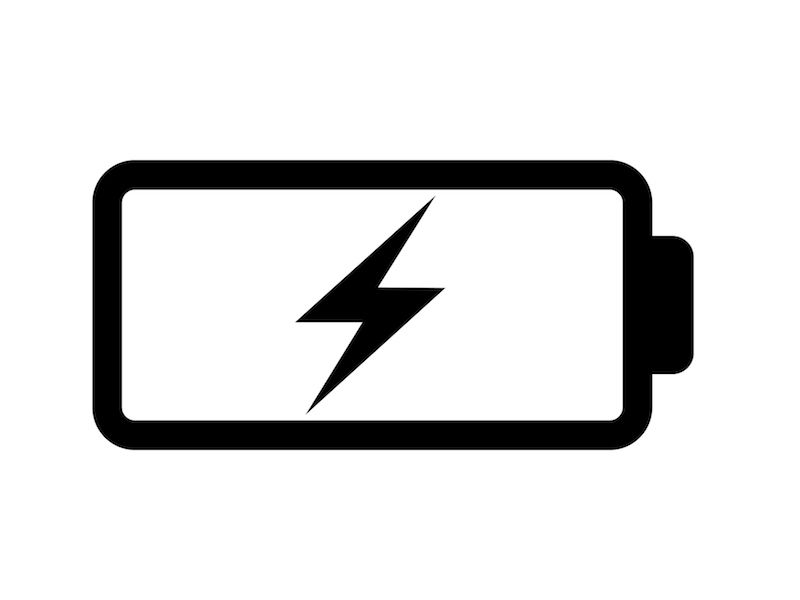
Rechargeable hearing aids are manufactured so that you’ll have to stress less about losing battery power, but the technology might also make you a little nervous when you depend on your devices to hear. Do rechargeable hearing aids work, and do they work as well as advertised?
Those questions are understandable, as is the accompanying stress. A hearing aid is often as necessary for the enjoyment of a television show or a movie as it is for a trip to the supermarket or any other part of everyday life. It’s important that a piece of technology functions correctly and dependably, especially when it affects so many facets of life.
How Do I Know What Type of Battery I Have?
By default, most contemporary hearing aids come with rechargeable batteries, so if you purchased your hearing aids recently it’s likely that your hearing aids will have one of two battery types. Silver-zinc batteries, which can usually be distinguished by a battery door on the device, are rechargeable, but the batteries may need to be changed every so often. A Lithium-ion battery, however, will not have a battery door because the batteries will last as long as the hearing aid does.
Rechargeable Hearing Aids Need Special Care
For the most part, rechargeable hearing aids do work, and they work well. The dependability of these devices has enhanced considerably in the last few years, as battery technologies have improved. And, like any other electronic device, however, there are some easy maintenance steps that users can practice to increase the reliability of their rechargeable hearing aids.
- The Charging Station is Where Your Hearing Aids Should be Stored: If you regularly store your rechargeable hearing aids on their recharging station you can increase the life of your battery. Charging a battery that is not completely drained does not shorten the long term life of your battery. As a matter of fact, ensuring that your hearing aids are charging when not in use can actually boost your long-term battery life. A convenient reminder, for most people, to charge their device when not used, is to put the charging station on a table near their bed.
- Keep Your Hearing Aids Clean and Dry: Your hearing aids will collect debris, dust, and moisture regardless of how often you use them. Your hearing aid may not fully charge if it is subjected to any of these three things. That’s why it’s crucial to keep your hearing aids clean and dry specifically when connecting your hearing aid to its charging station.
- Be Mindful of Wires: Most hearing aids will contain a wire element of some kind, either on the charging station or on the hearing aids themselves. Being careful of these wires is essential for hearing aid users; do not pull or hold your device by these wires as this will damage the connections that allow your hearing aid to charge.
How to Replace a Rechargeable Battery
Lithium-ion batteries will normally last the lifespan of your device. Because of this, you shouldn’t need to worry about changing those batteries. Simply keep recharging your hearing aids as long as necessary.
However, you will want to occasionally change the batteries if you have a hearing aid that utilizes silver-zinc batteries. Changing batteries in the correct way can help increase the lifespan of your hearing aids. Because of this, hearing experts recommend the following:
- Don’t eliminate any plastic tabs or packaging until you’re ready to use batteries.
- Clean and free of moisture is the state that your battery compartment should be kept in.
- Before replacing batteries, be sure you wash your hands.
- Let the batteries sit out at room temperature for at least five minutes before removing any tabs that may be attached.
- Store batteries in a room temperature spot that is also sure to be dry.
Non-Use For Long Periods
If you are planning not to use your hearing aids for long periods of time, leaving them on the charger may no longer be the best way to store your devices. Just unplug your hearing aid and put it in a dry cool place if, for instance, you know you won’t be wearing them for several weeks or a month.
If your hearing aids use silver-zinc batteries, you might also consider leaving the battery door open in order to prevent moisture from corroding your batteries.
Rechargeable for Everyday Use
All your general requirements should be met if you charge your hearing aids once a day. A lithium-ion battery, as an example, will usually require only 3-4 hours to charge enough battery power for a 24 hour period.
Do rechargeable hearing aids work? They don’t only work, they are becoming more common all the time. To see all the different models, schedule an appointment with your local hearing aid retailer.

